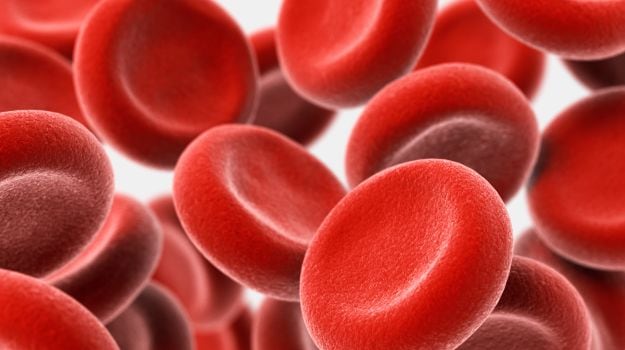Aplastic anaemia is a rare but severe disorderAplastic anaemia is a type of blood disorder in which the bone marrow does not produce enough new blood cells. The bone marrow is a tissue inside the bones that creates stem cells which develop into red blood cells, white blood cells, and platelets. In general, anaemia is a condition in which your blood has a lower count of red blood cells than the normal limit. There are various types of anaemias but it can be caused due to three primary reasons - blood loss, decrease in red blood cells or destruction of red blood cells. It is normal for cells to die or get damaged to due the regular wear and tear. Red blood cells live for about 120 days. The lifespan of white blood cells is really short less than a day while platelets last for about 6 days. Therefore, the bone marrow needs to constantly make new cells in order to replace the dying ones and maintain a balance in the body. If the bone marrow cannot produce enough cells, several health problems may occur in your body as every type of cell performs a critical function. For instance, red blood cells transport oxygen to different parts of the body, white blood cells fight infections and build immunity and platelets are responsible for forming blood clots in case of bleeding to prevent loss of blood.
Who is at risk?Aplastic anaemia may cause other problems like irregular heartbeats, an enlarged heart, heart failure, infections, stroke and even bleeding. It may occur because of some kind of damage cause to the stem cells in the bone marrow. It can be acquired or inherited from your parents. It is a progressive disease that develops over time. Certain factors like treatment radiation, exposure to toxic chemicals. or use of some prescription drugs may increase your risk.
 If diagnosed early, aplastic anaemia can be treatedSymptoms of aplastic anaemia The most common symptoms of aplastic anaemia include the following:1. Chronic fatigue and exertion
If diagnosed early, aplastic anaemia can be treatedSymptoms of aplastic anaemia The most common symptoms of aplastic anaemia include the following:1. Chronic fatigue and exertion
2. Shortness of breath
3. Rapid or irregular heart beat
4. Prolonged bleeding, nose bleeds or bleeding gums
5. Pale skin or skin rash
6. Frequent bouts of infections
7. Headaches and dizzinessAplastic anaemia is a rare but severe disorder. Treatment includes blood transfusions or medication like bone marrow stimulants and antivirals in mild cases and stem cell transplant in severe cases.
Who is at risk?Aplastic anaemia may cause other problems like irregular heartbeats, an enlarged heart, heart failure, infections, stroke and even bleeding. It may occur because of some kind of damage cause to the stem cells in the bone marrow. It can be acquired or inherited from your parents. It is a progressive disease that develops over time. Certain factors like treatment radiation, exposure to toxic chemicals. or use of some prescription drugs may increase your risk.

2. Shortness of breath
3. Rapid or irregular heart beat
4. Prolonged bleeding, nose bleeds or bleeding gums
5. Pale skin or skin rash
6. Frequent bouts of infections
7. Headaches and dizzinessAplastic anaemia is a rare but severe disorder. Treatment includes blood transfusions or medication like bone marrow stimulants and antivirals in mild cases and stem cell transplant in severe cases.
Advertisement








